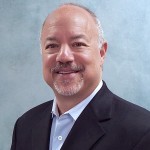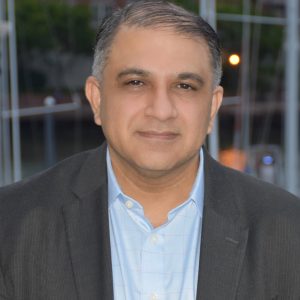Staying Focused in Today’s Exciting Life Science Industry


 By Jim Rudman, CEO, Ashton Tweed
By Jim Rudman, CEO, Ashton Tweed
3D printing, a technology invented by Charles Hull in the early 1980s, has been applied in medicine since the early 2000s when it was first used to make dental implants and custom prosthetics. Since then, the medical applications for 3D printing have progressed significantly, from printing medical instruments to bioprinting organs. The benefits of the technology are extensive, allowing customization and personalization, improving cost efficiency, and increasing productivity and collaboration (NCBI).
Much like CRISPR and other new technologies, the possible applications seem endless, creating an exciting niche for innovators in the life sciences industry. But with so many opportunities for companies to expand into, staying focused remains vital to success. No one knows this better than Patrick Treacy, Co-Founder and CEO of Onkos Surgical. His start-up is shaking up the orthopedic oncology space by 3D-printing implants that meet the unique needs of musculoskeletal tumor patients. In a recent interview with Ashton Tweed, Treacy explained why staying focused is important to Onkos, and how this focus has affected their hiring strategy and company culture.
When asked what his company’s biggest challenge has been so far, he claims it’s been focus, “because there’s so much opportunity in the musculoskeletal oncology space. It’s really been void of innovation for 15 or 20 years and there’s so much to do. Our customer group is very, very excited about what Onkos is doing and we get a lot of different suggestions about where to take the company. So, we really need to make sure that we remain hyper-focused on what our vision is and not get distracted because there are millions of different things that we could develop.”
As CEO, Treacy had to make some important decisions to keep the company on track and not spread itself too thin. “We have to maintain our focus on driving and growing the business but, at the same time, not taking our eye off fostering the innovation that will allow Onkos to grow into what we want it to be.” However, this is easier said than done when working in a market that has so much potential. Treacy says, “We get a lot of requests to focus on the revision and trauma markets, which are outside of the orthopedic oncology space. And that’s fantastic—we are thrilled to be able to support those surgeons. However, we believe […] that if we diligently maintain our focus in orthopedic oncology, the products that we bring to market will also support other surgeons, as well.”
This strategy also impacts their process when hiring innovative employees. “Because we’re a startup that’s hyper-focused, when we’re interviewing people we clearly let them know that we’re not just hiring them for a job. Yes, we have a written job description, and they’ll have very specific responsibilities, but we let every single person we hire know that they’re joining us to be a leader in this company—and it’s not just possible, it’s actually expected. […] It’s a heck of a lot of fun to hire super talent and just let them run.”
But this comes with some difficulty as well. Treacy says, “And I’ve probably talked as many people out of joining us on this journey as I’ve hired. A lot of folks with some great experience who’ve worked in larger organizations may not be comfortable with being uncomfortable. It’s really important that they understand we don’t have a multi-billion-dollar backstop. It’s the people on this team who are crucial to the success of the overall organization and our plan. So, it’s really important that everyone be comfortable knowing that they’ve got a lot of responsibility, and they can take it and run with it. We make that clear in the hiring process.”
In order to further streamline their focus, Treacy has helped create a company culture to define and reach his company’s goals. “Building our company culture starts with what we refer to as our ‘why.’ We don’t talk as much about our mission or our vision, but, rather, our ‘why’— why we do what we do. And that’s a big part of the interview process, as well, explaining that if we were to build a big, financially successful company but we don’t impact actual patient outcomes, we don’t drive more awareness of primary bone tumors and musculoskeletal oncology, then we will not be meeting our long-term goals.”
3D printing is one of many exciting technologies currently taking shape in the life science industry, and Treacy’s strategies to keep his company focused can be useful to other ambitious companies looking to improve patient outcomes. With so many possibilities and so little time, it’s easy to become distracted, therefore having creative leaders like Treacy is key. Finding employees that fit your company culture can be challenging for growing businesses, especially start-ups in a competitive space. Looking for the right talent to keep your company on track? Contact me today!
Share your insights! Contact jamesrudman@ashtontweed.com to contribute your life sciences article as a guest writer.





